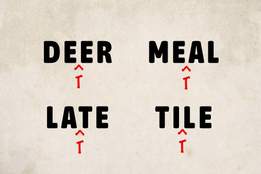: white or tending toward white
Size and form of the common British Swift … but distinguished from it by its blacker colouring, narrow white band above the tail, widening on each side, and by the duller albescent hue of the throat gradually diminishing much further down …— Edward Blyth, Zoologist, 1884
Edward Blyth, Zoologist, 1884 … an oceanfront that is like a travel agent's dream, where coco palms nod over endless stretches of brilliant albescent beach.— advertisement, Fortune, 29 June 1981
advertisement, Fortune, 29 June 1981
Subscribe to America's largest dictionary and get thousands more definitions and advanced search—ad free!
Merriam-Webster unabridged










Share